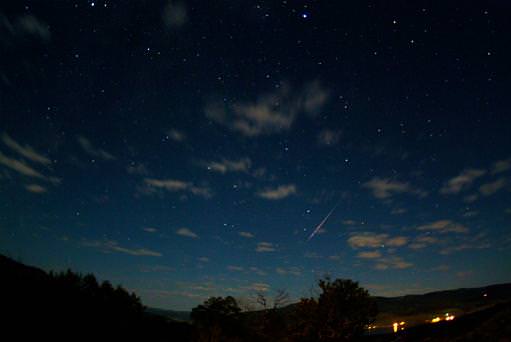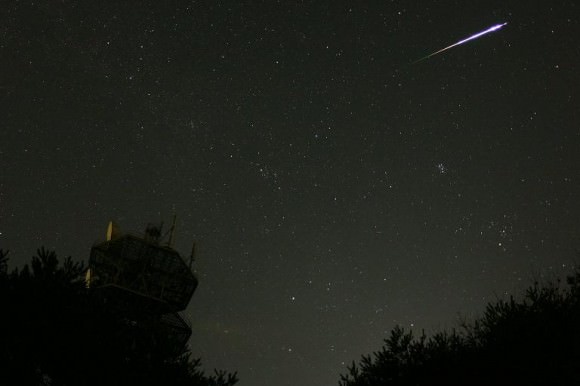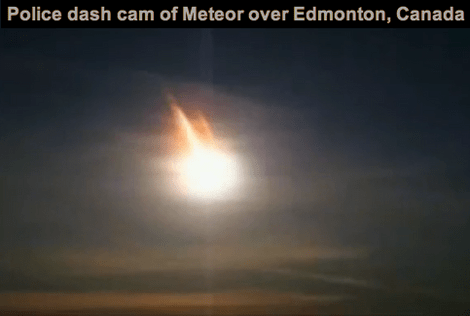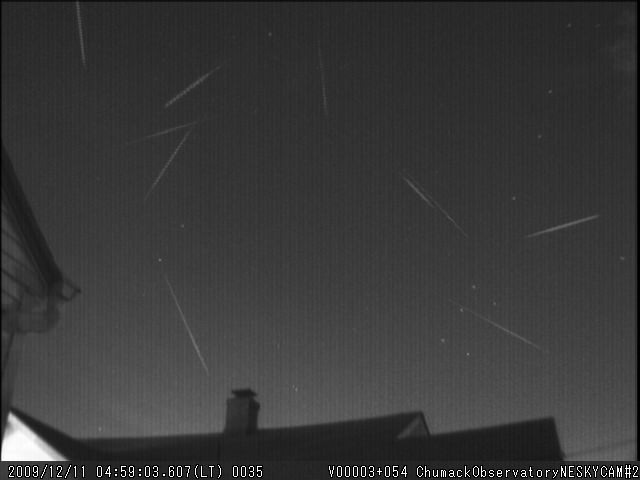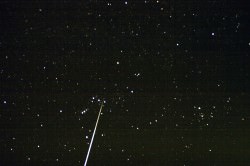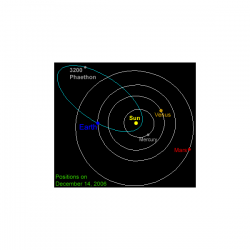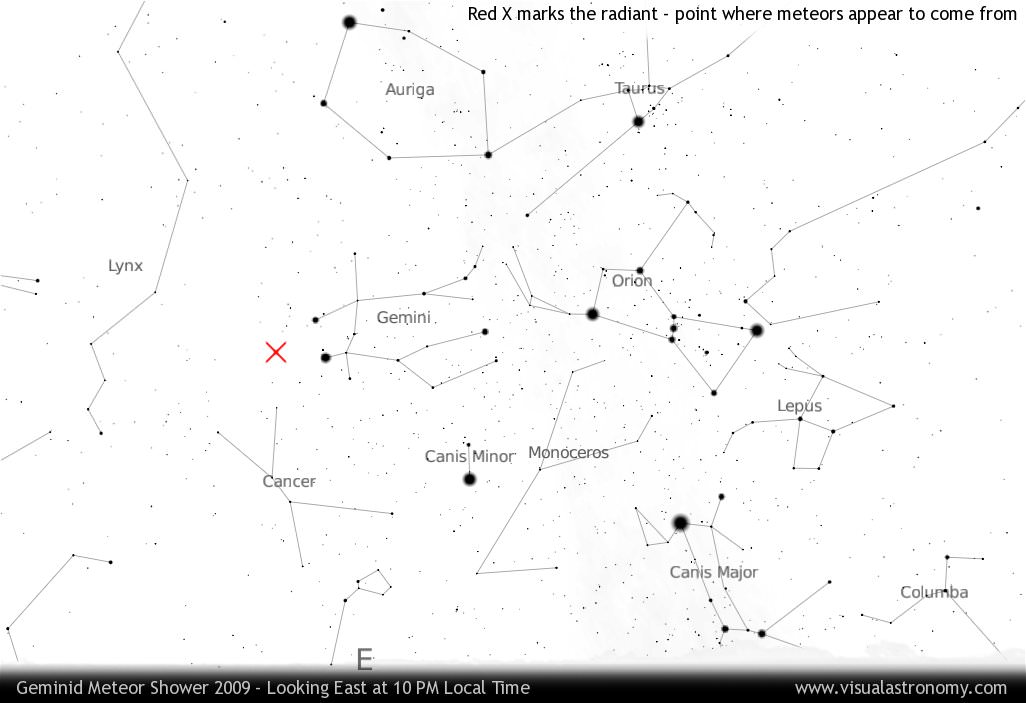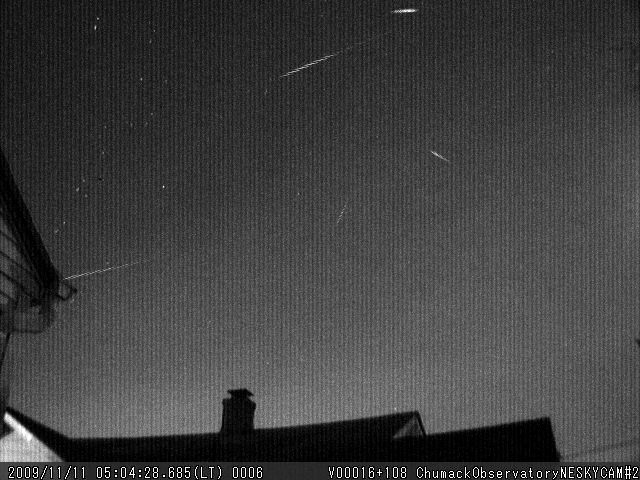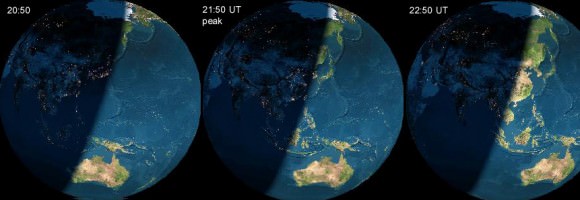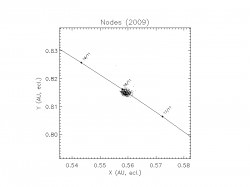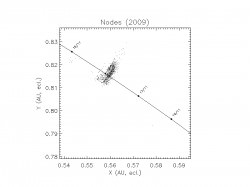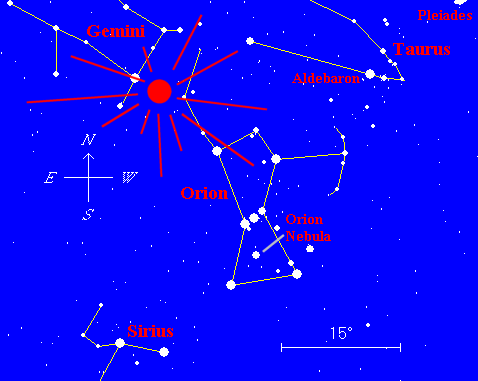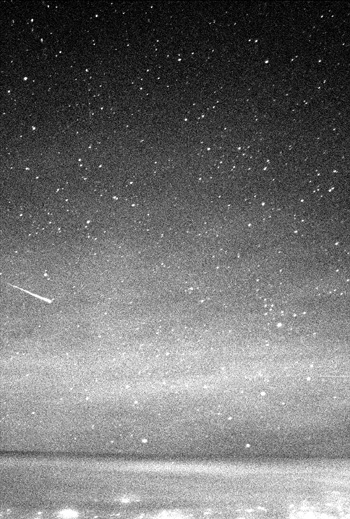In just a few days – during the evening hours of August 12 and morning of August 13 – one of the year’s most reliable meteor showers is about to grace this year’s dark skies. Not only will we be in for some celestial fireworks, but the planets are going to put on a show as well. Who, what, when, where, why and how? Then step inside and let’s talk about the 2010 Perseid meteor shower…
During the latter half of July and the beginning of August, the Earth cruises through several minor cometary debris streams – producing equally minor meteor showers which meander through the constellations of Cygnus, Capricornus and Aquarius. This is the type of normal activity which is enjoyed by both the northern and southern hemisphere. One any given good, dark night, you might spot as many as a dozen meteors during an evening’s observing session. It’s a nice transition in the weather for both halves of Earth and this period of time makes for comfortable watching. While I love catching a sparkling trail when I really wasn’t expecting or waiting for one, there’s nothing in the heavens that can make me yell out loud like being witness to a productive meteor shower.
And the Perseids produce…
 Where exactly did all the “stuff” come from that causes the annual Perseid meteor shower to be so reliable? Try periodic comet 109P/Swift-Tuttle. Discovered in 1862, Swift-Tuttle is called “periodic” because it makes a pass through our solar system about every 133-135 years leaving behind a debris trail. As early as 36 AD, Chinese astronomers began to notice a sharp peak of meteor activity during this time and began keeping record. Other astronomers followed suit until astronomy became a rather dangerous occupation and facts and figures began to dwindle. Although often referred to as “the tears of St. Lawrence” to celebrate the martyr’s death on August 10, it wasn’t until 1835 and Adolphe Quetelet that the annual Perseid was actually given credit to an individual for pinpointing its radiant and peak date.
Where exactly did all the “stuff” come from that causes the annual Perseid meteor shower to be so reliable? Try periodic comet 109P/Swift-Tuttle. Discovered in 1862, Swift-Tuttle is called “periodic” because it makes a pass through our solar system about every 133-135 years leaving behind a debris trail. As early as 36 AD, Chinese astronomers began to notice a sharp peak of meteor activity during this time and began keeping record. Other astronomers followed suit until astronomy became a rather dangerous occupation and facts and figures began to dwindle. Although often referred to as “the tears of St. Lawrence” to celebrate the martyr’s death on August 10, it wasn’t until 1835 and Adolphe Quetelet that the annual Perseid was actually given credit to an individual for pinpointing its radiant and peak date.
Within four years, sharp-eyed observers had not only began to note the Perseid presence, but to make an accurate hourly account of the fall rate as well. In 1839, E. Heis gave us his first written documentation of a maximum rate of 160 per hour and over the next several decades, many other observers joined him. What they noticed through their observations was the fall rate changed from year to year… Why?
 Between 1864 and 1866, Giovanni Schiaparelli also took an interest in the Perseids and computed the stream’s orbit. What he discovered was astounding. It nearly matched that of a comet discovered just two years earlier – 109P/Swift-Tuttle. After that, it didn’t take very long to figure out each high spike in fall rates also corresponded with the comet’s known perihelion. It was the very first time a meteor shower had been positively identified with a comet!
Between 1864 and 1866, Giovanni Schiaparelli also took an interest in the Perseids and computed the stream’s orbit. What he discovered was astounding. It nearly matched that of a comet discovered just two years earlier – 109P/Swift-Tuttle. After that, it didn’t take very long to figure out each high spike in fall rates also corresponded with the comet’s known perihelion. It was the very first time a meteor shower had been positively identified with a comet!
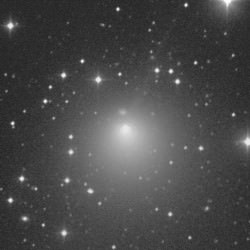 But, when it comes to science, proving a speculation is everything. Record keeping for that period of time wasn’t exactly the best and in 1973 astronomer Brian Marsden was busy trying to predict the return of comet Swift/Tuttle. His chosen date was 1981 and as annual activity of the Perseid meteor shower increased, so did the excitement of recapturing the comet. However, like so many astronomical predictions, the traveler from Oort Cloud failed to make its debut appearance Needless to say, between disappointment and lunar interference, interest in the Perseid’s cometary originator quickly faded. However, Marsden wasn’t about to give up. Choosing another documented comet seen in 1737, he made another prediction… Swift/Tuttle would return in 1992.
But, when it comes to science, proving a speculation is everything. Record keeping for that period of time wasn’t exactly the best and in 1973 astronomer Brian Marsden was busy trying to predict the return of comet Swift/Tuttle. His chosen date was 1981 and as annual activity of the Perseid meteor shower increased, so did the excitement of recapturing the comet. However, like so many astronomical predictions, the traveler from Oort Cloud failed to make its debut appearance Needless to say, between disappointment and lunar interference, interest in the Perseid’s cometary originator quickly faded. However, Marsden wasn’t about to give up. Choosing another documented comet seen in 1737, he made another prediction… Swift/Tuttle would return in 1992.
This time was sweet success.
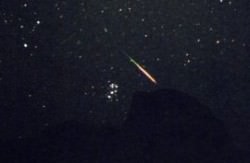 With 18 years between now and comet Swift/Tuttle’s last perihelion, will the 2010 Perseid meteor activity be a smashing shower or a dwindling display? It’s really hard to say because the stream is so wide and complex. We know when the Earth passes through this outgassing of materials that we can expect a certain amount of activity during a marginal time period – but we can only make a guess at how much material was expelled. There may have been time centuries ago when the comet did something very unexpected (as comets have a way of doing) and left a dense cloud just waiting for us to orbit through… And it may be burning itself out during each successive pass around Sol. So many things can happen! Jupiter may have affected the stream’s position – or a huge flurry of activity might occur during daylight. But what about this year?
With 18 years between now and comet Swift/Tuttle’s last perihelion, will the 2010 Perseid meteor activity be a smashing shower or a dwindling display? It’s really hard to say because the stream is so wide and complex. We know when the Earth passes through this outgassing of materials that we can expect a certain amount of activity during a marginal time period – but we can only make a guess at how much material was expelled. There may have been time centuries ago when the comet did something very unexpected (as comets have a way of doing) and left a dense cloud just waiting for us to orbit through… And it may be burning itself out during each successive pass around Sol. So many things can happen! Jupiter may have affected the stream’s position – or a huge flurry of activity might occur during daylight. But what about this year?
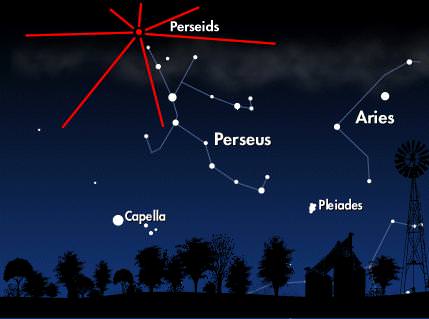 Thankfully there will be no Moon to obscure fainter meteors and zenith hourly rates may approach up to nearly 100 per hour. But that’s a very optimistic estimate since the Perseids are notoriously fast – burning through our atmosphere at 140,000 mph – and sometimes very faint. As the evening begins, facing east/northeast will be best for most northern hemisphere observers, and follow Perseus to the north as it rises. Unfortunately, southern hemisphere observers aren’t likely to see any of this activity – but it never hurts to keep watch to the northern horizon if you’re out. If you have to be selective about the times you watch, the very best views will be had when the constellation is at its highest – after local midnight through local dawn.
Thankfully there will be no Moon to obscure fainter meteors and zenith hourly rates may approach up to nearly 100 per hour. But that’s a very optimistic estimate since the Perseids are notoriously fast – burning through our atmosphere at 140,000 mph – and sometimes very faint. As the evening begins, facing east/northeast will be best for most northern hemisphere observers, and follow Perseus to the north as it rises. Unfortunately, southern hemisphere observers aren’t likely to see any of this activity – but it never hurts to keep watch to the northern horizon if you’re out. If you have to be selective about the times you watch, the very best views will be had when the constellation is at its highest – after local midnight through local dawn.
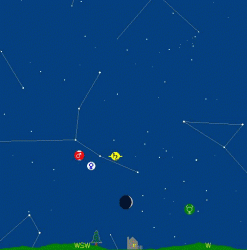 Don’t wait until the peak date to begin your observations. Perseid activity is already underway at 15 to 20 per hour and the fall rate will only continue to increase as it nears the night of August 12/13th when up to 75 meteors may grace the starry skies. If you live in a light polluted area, make plans to get rural. Many farmers and home owners in the countryside are more than happy to grant you permission to choose a safe observing spot on their land if you explain what you’re doing – so ask! Be sure to take along things which will aid in your comfort, such as a reclining lawn chair or blanket (meteor neck sucks). Make it a popcorn and soda family event! But stay away from white light. If being in the wild scares you a bit, create your own “night vision friendly” flashlight by stretching a red balloon over the lens. If you arrive at sunset? Then check out the beautiful conjunction of Mercury Mars, Saturn, Venus and the very tender crescent Moon….
Don’t wait until the peak date to begin your observations. Perseid activity is already underway at 15 to 20 per hour and the fall rate will only continue to increase as it nears the night of August 12/13th when up to 75 meteors may grace the starry skies. If you live in a light polluted area, make plans to get rural. Many farmers and home owners in the countryside are more than happy to grant you permission to choose a safe observing spot on their land if you explain what you’re doing – so ask! Be sure to take along things which will aid in your comfort, such as a reclining lawn chair or blanket (meteor neck sucks). Make it a popcorn and soda family event! But stay away from white light. If being in the wild scares you a bit, create your own “night vision friendly” flashlight by stretching a red balloon over the lens. If you arrive at sunset? Then check out the beautiful conjunction of Mercury Mars, Saturn, Venus and the very tender crescent Moon….
Wishing you clear skies and the very best of luck!
Here’s information on the 2009 Perseids.

